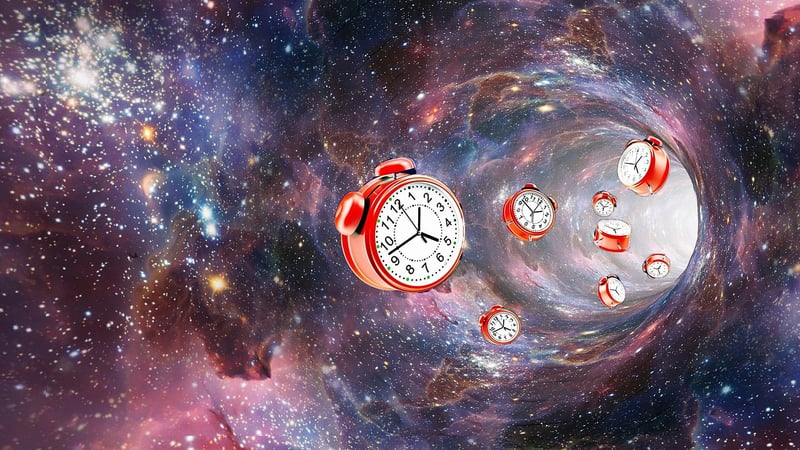Bootstrap Paradox
The Fascinating World of Time-Travel Paradoxes: Exploring the Bootstrap Paradox
Time travel has long captured the imagination of people across the globe. The concept of traveling backward or forward in time, altering the course of history, and encountering paradoxes has been a popular theme in science fiction and theoretical physics.
What is a Time-Travel Paradox?
A time-travel paradox is a situation that challenges the logical consistency of time travel. It often involves a sequence of events that form a loop with no clear beginning or end, creating a paradoxical scenario.
The Bootstrap Paradox
One of the most intriguing time-travel paradoxes is the Bootstrap Paradox. Also known as a causality loop, this paradox involves an object or information that is sent back in time and becomes trapped in an infinite cause-and-effect loop.
Imagine a scenario where a time traveler goes back in time and gives Beethoven a sheet of music for his famous symphony. Beethoven then copies the music note for note, and the symphony becomes a timeless masterpiece. However, the question arises: Who actually composed the symphony? Did Beethoven create it, or did it originate from the future?
Implications of the Bootstrap Paradox
The Bootstrap Paradox raises profound questions about the nature of causality, free will, and the concept of originality. It challenges our understanding of time as a linear progression and blurs the lines between cause and effect.
Conclusion
Time-travel paradoxes, such as the Bootstrap Paradox, offer a glimpse into the mind-bending possibilities of traversing the fabric of time. While the concept may remain a subject of speculation and imagination, exploring these paradoxes sparks curiosity and pushes the boundaries of our understanding of the universe.
Embark on the journey of unraveling time-travel paradoxes and let your imagination soar into the realms of the unknown!

For more information on time travel and paradoxes, visit Space.com.
